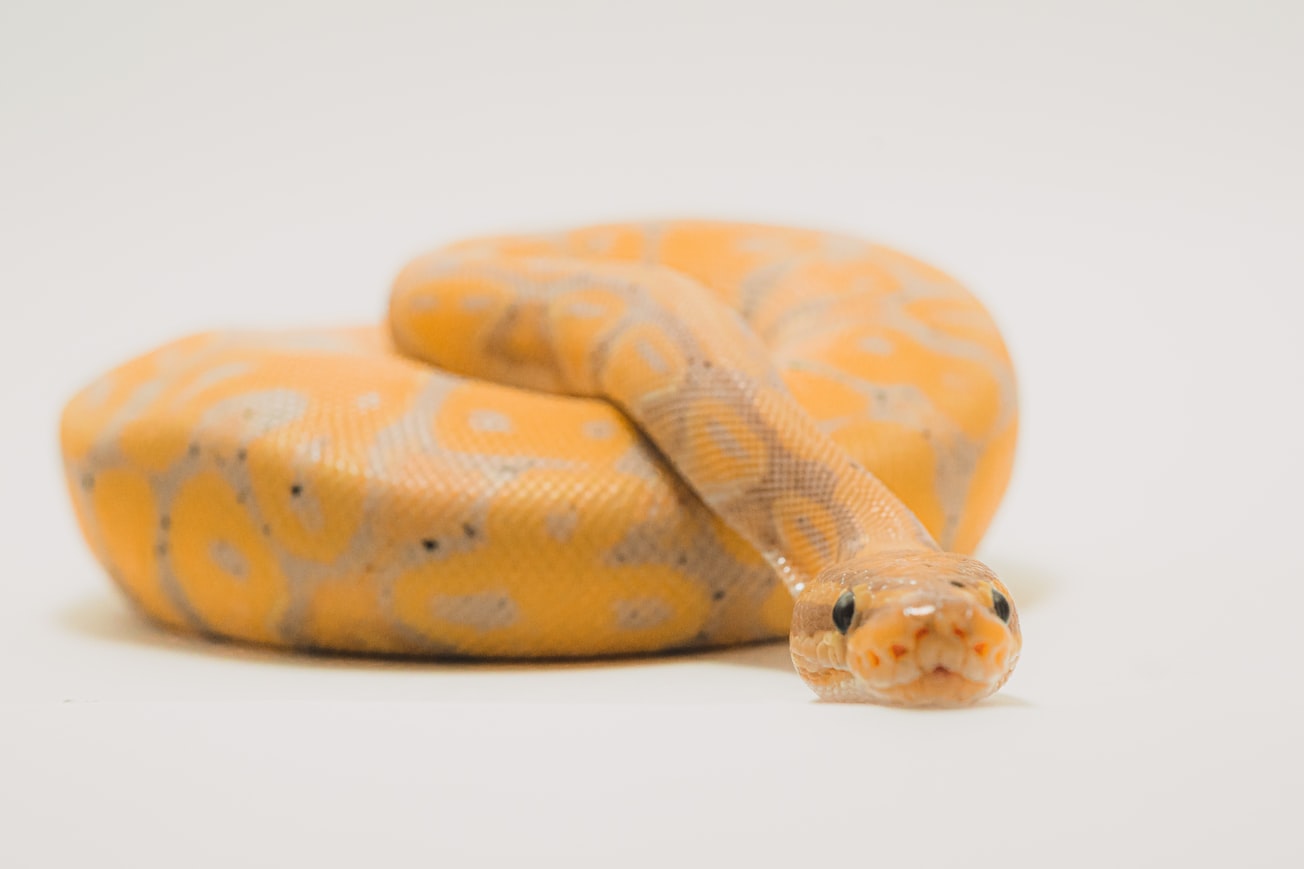What is it about?
According to a widely accepted definition, visual objects are composed of hierarchical structures classified as either global or local, depending on their location in the hierarchy. Previous research has demonstrated that fear and anxiety are associated with faster identification of local level stimuli, supporting the popular view that fear narrows attention. Nevertheless, the modulating role of fear in hierarchical processing has never been examined for stimuli that are personally relevant. In order to fill this research gap, we used emotional modification of a global-local paradigm to examine hierarchical processing of spider and snake stimuli among participants with high specific fear of spiders or snakes, respectively. The results indicate that personal fear facilitates identification of an animal's global configuration and interferes with identification of its local features (i.e., body pattern). This effect was found in comparison to participants with low fear and in comparison to other threatening but fear-irrelevant stimulus. Furthermore, a general global bias was found, highlighting the ecological validity of Navon’s theory. The current findings are inconsistent with the view that anxiety narrows attention to local features. We nevertheless suggest that the results can be reconciled with existing literature if we consider the narrowing of attention to the global level. The current study offers initial evidence for the role of fear in hierarchical processing of fear-relevant information, which may, in turn, play an important role in the etiology and maintenance of fear and serve as a new target for interventions
Featured Image

Photo by Timothy Dykes on Unsplash
Why is it important?
High fear of a specific stimulus is associated with faster identification of the global structure of the stimulus and with slower identification of its local elements. For example, the results suggest that if someone with high fear of snakes encounter a snake, he/she will focus on the animal's global configuration (“this is a snake!”) while disregarding the animal’s local characteristics (e.g., its body pattern). This could be translated into difficulty adjusting one’s behavior adaptively upon encountering the stimulus.
Read the Original
This page is a summary of: The role of fear in hierarchical processing of fear-related stimuli., Journal of Psychopathology and Clinical Science, August 2022, American Psychological Association (APA),
DOI: 10.1037/abn0000774.
You can read the full text:
Contributors
The following have contributed to this page







